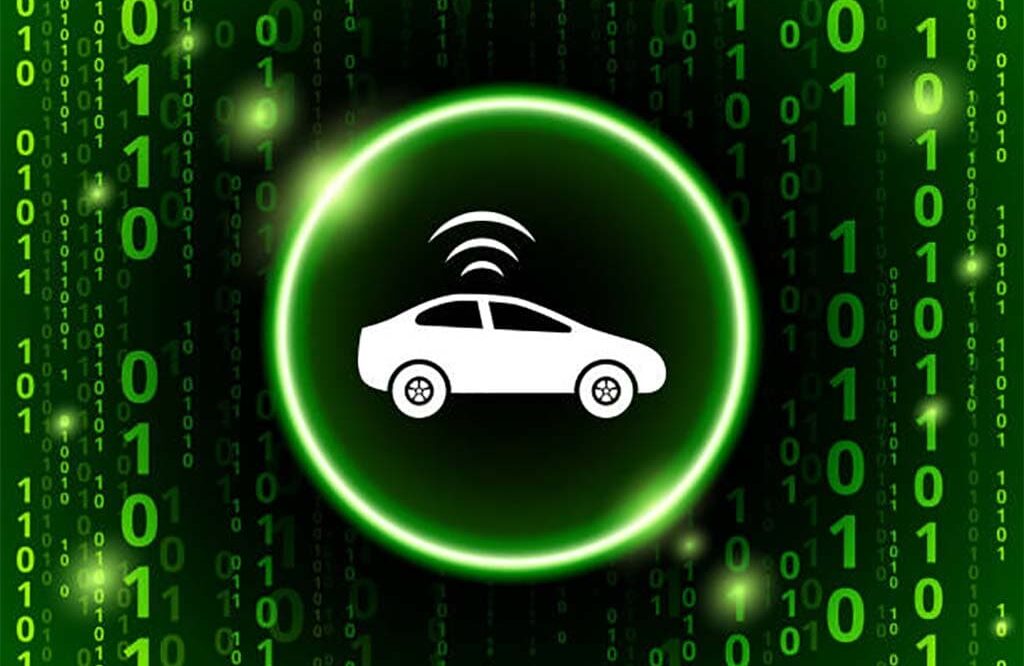In the digital age, vehicles have transformed into highly interconnected systems, blending traditional mechanics with cutting-edge technology. This integration brings about a new era of convenience and efficiency, offering features such as remote start, GPS tracking, and real-time diagnostics. However, with these advancements comes a heightened need for robust cybersecurity measures. Modern vehicles, equipped with numerous smart features and connected services, present attractive targets for cybercriminals. The implications of such vulnerabilities extend beyond privacy concerns, posing real threats to the physical safety of drivers and passengers. Hence, understanding and implementing cybersecurity in modern vehicles is paramount for safeguarding against potential cyber threats and ensuring the safety of all road users.
Understanding the Threats: The Cyber Risks Facing Today’s Cars
Today’s vehicles are susceptible to a variety of cyber threats that could compromise the safety and security of the occupants as well as the integrity of personal data. Hackers could potentially exploit vulnerabilities to gain unauthorized access to vehicle systems, leading to data breaches, theft of personal information, or even taking control over critical functions such as braking and steering. Moreover, the interconnected nature of modern cars allows for remote access, increasing the risk of cyberattacks that could have dire consequences. Recognizing these threats is the first step toward mitigating risks and enhancing the cybersecurity posture of automotive technology.
Key Cybersecurity Measures for Vehicle Safety
Addressing the cybersecurity challenges facing modern vehicles requires a multi-layered approach. Encryption of data transmissions ensures that any information sent to and from the vehicle is protected from unauthorized interception. Regular software updates and patches are vital for fixing vulnerabilities that could be exploited by cybercriminals. Intrusion detection systems play a crucial role in identifying and responding to unauthorized access attempts or suspicious activities within vehicle systems. Together, these measures form a comprehensive defense strategy that helps protect vehicles from cyber threats and maintain the trust of consumers.
The Role of Manufacturers in Automotive Cybersecurity
Vehicle manufacturers bear a significant responsibility in the battle against automotive cyber threats. By integrating cybersecurity considerations into the design phase, manufacturers can build vehicles that are inherently more secure. Rigorous testing of automotive systems before they hit the market is essential for identifying and addressing vulnerabilities. Additionally, manufacturers must commit to providing ongoing support for their vehicles through regular software updates and security patches, ensuring that their products remain secure throughout their lifespan. Engaging in open communication with consumers about potential cyber risks and how to mitigate them further enhances overall vehicle cybersecurity.
Consumer Practices for Enhanced Vehicle Cybersecurity
While manufacturers play a critical role in vehicle cybersecurity, consumers also have a part to play in protecting their vehicles from cyber threats. By regularly updating their vehicle’s software, consumers can ensure that their vehicle is equipped with the latest security patches. Caution should be exercised when using third-party devices and applications with the vehicle, as these could introduce new vulnerabilities. Additionally, staying informed about the latest cyber threats and best practices for vehicle security can empower consumers to take proactive steps in safeguarding their vehicles.

Future Trends in Automotive Cybersecurity
As technology continues to evolve, so too will the strategies for defending against cyber threats in the automotive sector. Emerging trends include the use of more advanced encryption technologies to protect data, the application of artificial intelligence and machine learning to detect and respond to threats more effectively, and the potential use of blockchain technology to create secure and unalterable records of vehicle data and transactions. Another interesting development is the consideration of cybersecurity in vehicle modifications, such as the best exhaust for 5.3 Silverado. This integration underscores the importance of cybersecurity in all aspects of automotive innovation, ensuring that enhancements do not compromise vehicle safety.
Conclusion: Steering Towards a More Secure Automotive Future
As we navigate the complexities of modern automotive technology, the importance of cybersecurity cannot be understated. By fostering collaboration between manufacturers, consumers, and cybersecurity experts, we can tackle the challenges that come with interconnected vehicles. Ensuring the cybersecurity of modern cars is not just about protecting data; it’s about ensuring the safety and trust of all who share the road. As we continue to innovate and push the boundaries of what vehicles can do, let us also commit to making those vehicles as secure as possible, paving the way for a future where we can enjoy the benefits of technology without sacrificing safety or privacy.
